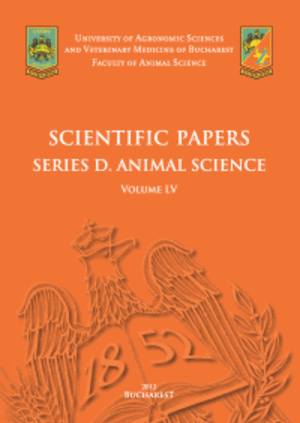Published in Scientific Papers. Series "Management, Economic Engineering in Agriculture and rural development", Vol. 24 ISSUE 4
Written by Larisa DIMA, Mihai TRIFAN, Aurelia BALAN
This study analyzes the financial performance of agribusiness firms in Romania, focusing on the determinants of profitability and economic sustainability. Various aspects of financial performance will be examined, including number of agri-business companies, as a whole and also by sub sectors; their turnover; the number of employees; import and export value of agricultural products; basic prices of agricultural products; production cost index for cereals, fruit and vegetable and livestock; government support (aid per ha) in 2023, to better understand the dynamics of this crucial sector of the economy. The study gives a summary of the difficulties and possibilities that agricultural companies encounter, emphasizing how market volatility and economic policies affect these businesses' financial stability. The report, which covered the years 2020–2023, offers a thorough examination of Romanian agriculture companies' financial performance, focusing on the essential factors that determine profitability and economic sustainability in this sector. The results show a significant diversity in the distribution of firms by sub-sector, with a predominant focus on grain and livestock production, while highlighting the importance of exports and government support per hectare in maintaining financial stability. Analysis of turnover, number of employees and value of imports and exports highlights the challenges of high production costs and volatility of base prices. The study also reveals the influence of government financial support, showing that firms in subsectors with higher subsidies tend to be more financially stable. The research methodology of the financial performance of Romanian agribusiness companies involved the collection of data from official sources, the analysis of time series to identify trends and financial stability, the comparison of performances between subsectors and the assessment of the impact of government policies, especially subsidies, on financial stability. The obtained methodology allowed for the formulation of some strategic conclusions and recommendations for the long-term support of the agricultural sector.
[Read full article] [Citation]

 Next Issue will be published according the the calendar.
Next Issue will be published according the the calendar.



